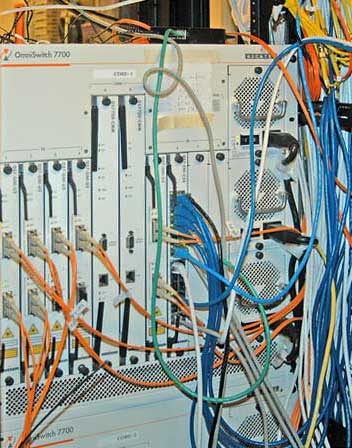Lesson 4: Fiber Optic Transmission Systems And Components

Objectives: From this lesson you should learn:
How fiber optic data links and transmission systems work
What components are used in transceivers
Types of sources and detectors used in transceivers
Performance parameters of fiber optic transmission systems
How Fiber Optic Datalinks Work
Fiber optic transmission systems use data links that consists of a transmitter on one end of a fiber and a receiver on the other end. Most systems operate by transmitting in one direction on one fiber and in the reverse direction on another fiber for full duplex operation. A FTTH passive optical network (PON) is one of the few systems using bidirectional transmission over a single fiber because its network architecture is based around couplers already. Datalinks can be analog or digital, depending on the information being transmitted. In this lesson you will learn how fiber transmits data.
Student Assignment:
Either read the chapter in the textbook, the web page linked on the online reference or watch the videos and take the quiz (Test Your Comprehension)
Book Chapter:
IMSA/FOA Reference Guide to Fiber Optics, Chapter 4
Online FOA Reference:Fiber Optic Datalinks
FOA YouTube Videos
FOA Lecture 27, Fiber Optic Datalinks
Test Your Knowledge:
Online Quiz
Take the Quiz at the end of Chapter 4 and check your answers
- Next: Lesson 5: Optical Fiber
-
Return to Lesson Plan
|
